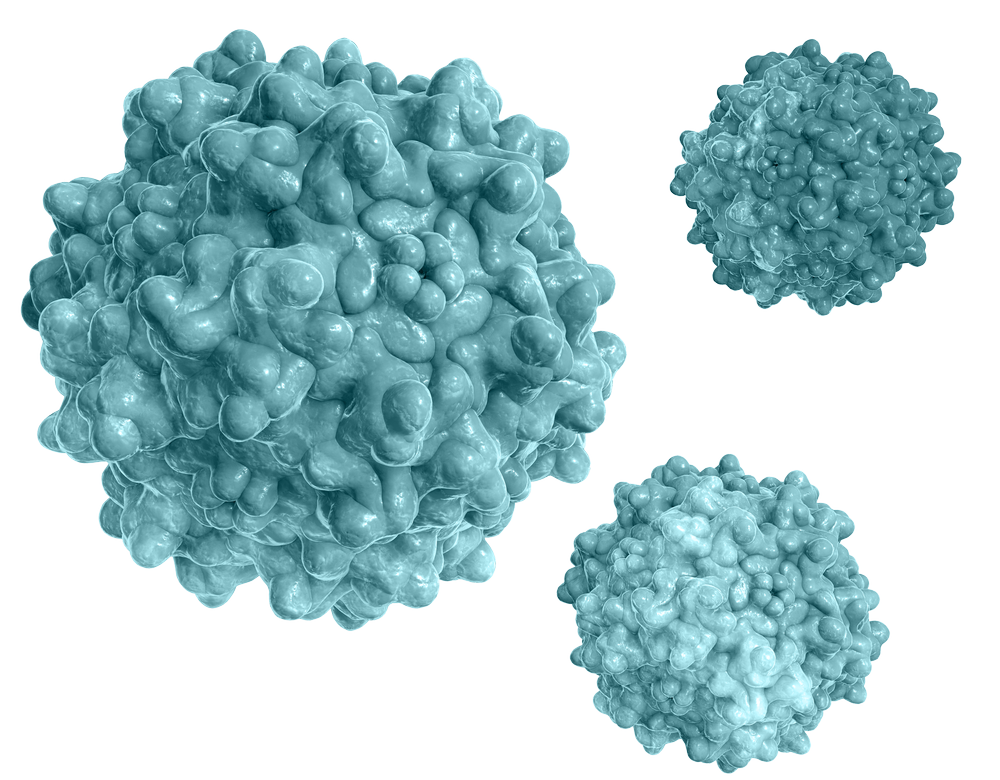Rapid Viral Infectivity Measurements that Replace Plaque and TCID50 Assays
Modern vaccine production is generally accomplished using live viruses throughout the research, development, and manufacturing processes. At each of these stages, analytical monitoring of viral infection is important to help ensure predictable infection and expansion, maximum yield, and safety parameters, especially for cell culture based processes. The potency of a live virus vaccine (LVV) is one of the most critical measurements of efficacy. Existing methods to measure the potency of viruses include plaque and TCID50 assays, both of which have very long lead times and cannot provide real-time information on the quality of the vaccine during large-scale manufacturing.
Some vaccines are manufactured using viral vectors such as adenovirus, vesicular stomatitis virus (VSV), or measles virus. Incorporating additional genes in these vectors can result in poor infectivity rendering them ineffective for drug or vaccine development. Therefore, it is important to rapidly screen the infectivity of candidate viruses, which can be a tedious and time-consuming task when relying on traditional infectivity assays. In contrast, Radiance® can quickly assess the infectivity of recombinant adenovirus after as little as 24 hours of incubation with the target cells. Production can be monitored using Radiance® via sequential aliquots or through continuous monitoring of the infection and production process.

LumaCyte's Radiance® instrument is used for monitoring the infectivity of live and attenuated viruses both during and after production. Both R&D and manufacturing departments benefit from the rapid and accurate detection of viral titer. Radiance® is also used to verify that a virus has been properly killed or inactivated by demonstrating a lack of infectivity.
Radiance® as an Advanced Analytical Solution

Compressing Time to Results
Faster infectivity/titer results
Correlation with plaque assay or TCID50 assay
Absolute infectivity measurements without correlation
Direct results from bioreactor with no further incubation (answers in 5 minutes)
Higher quality and more precise data, removing assay subjectivity
Options for Infectivity Assay Implementation
Relative Response
- Use existing knowledge or collect new data to establish a relationship between Radiance® response and viral infectivity (Radiance® Infection Metric)
- Use Radiance® Infection Metric moving forward to compare viral samples or conditions
- Immediate use for known virus/cell systems
- 1-2 experiments to finalize metric for new biological systems
Absolute Titer
- Standalone method for titering unknown viral sample
- Infect cells with 7-9 dilutions and analyze with Radiance®
- Can use dilution results to also establish calibration curve
- Immediate use for known virus/cell systems
- 1-2 experiments to finalize metric for new biological systems
Callibration Curve
- Correlation between infection metric and reference viral titer
- Uses minimal dilutions across a wide range of viral concentrations
- Measure reference same titer using Radiance® absolute titer method
- Use result to create calibration curve (MOI vs. infection metric)
- Curves are robust and can be used across viral strains, GOI, and process changes
- 3-5 experiments to establish curves and viral concentration range



